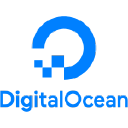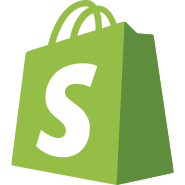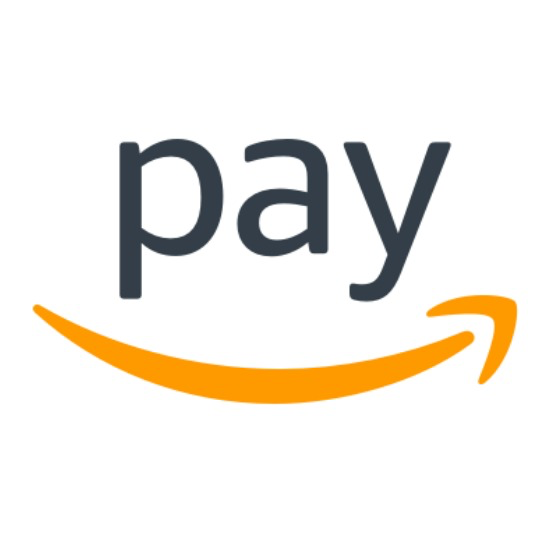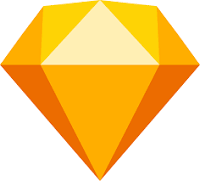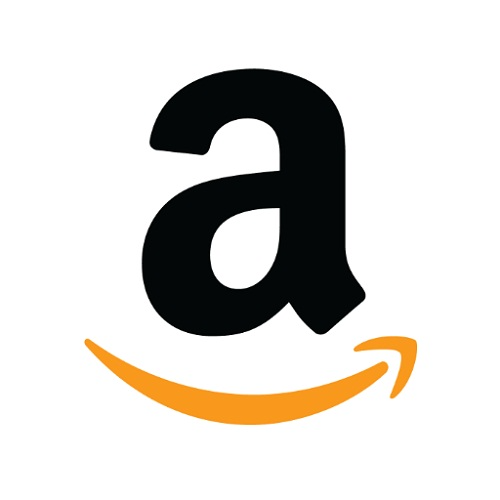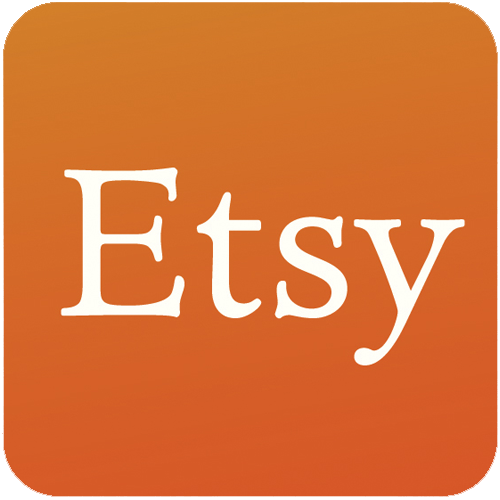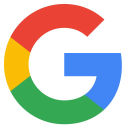How I Started A Re-Usable Paper Business
Hello! Who are you and what business did you start?
My name is Caylee, and I’m the founder of two businesses by night/weekend and a Product Design Manager at Facebook by day.

My primary business, Swipies, is a reusable paper company. Swipies are essentially portable, flexible whiteboards that don't smudge because they use wet-erase markers (instead of dry erase.) I sell Swipies in kits through my Shopify store (shipped to 42 states and 30 countries so far!), and I sell custom-branded Swipies to companies like Airbnb (see below), General Assembly, Moz, and Indeed.

Download the report and join our email newsletter packed with business ideas and money-making opportunities, backed by real-life case studies.

Download the report and join our email newsletter packed with business ideas and money-making opportunities, backed by real-life case studies.

Download the report and join our email newsletter packed with business ideas and money-making opportunities, backed by real-life case studies.

Download the report and join our email newsletter packed with business ideas and money-making opportunities, backed by real-life case studies.

Download the report and join our email newsletter packed with business ideas and money-making opportunities, backed by real-life case studies.

Download the report and join our email newsletter packed with business ideas and money-making opportunities, backed by real-life case studies.

Download the report and join our email newsletter packed with business ideas and money-making opportunities, backed by real-life case studies.

Download the report and join our email newsletter packed with business ideas and money-making opportunities, backed by real-life case studies.


